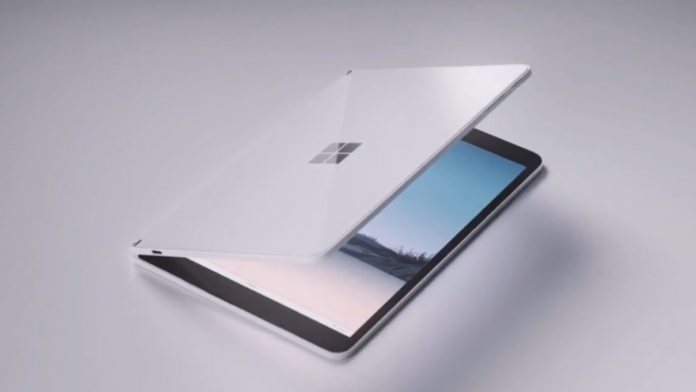Microsoft has reportedly postponed the release of the Surface Neo twin-screens folding tablet. The company told staff about the change through an internal circulation yesterday. Microsoft says the change comes because of a new strategy for Windows 10X.
At the moment, it does not seem the postponement is because of the ongoing COVID-19 pandemic. Instead, the decision seems more closely linked to Panos Panay recently becoming head of Microsoft's Windows division. Under his new role, Panay heads up both Windows and Surface.
ZDNet reports Microsoft wants to put a focus on Windows 10X and not the device. This means instead of rolling out the new Windows platform on the dual-screen Surface Neo, Microsoft will send out Windows 10X on single screen laptops made by OEMs.
In other words, the company is putting emphasis on the platform and not the hardware. That's bad news for those of us who were waiting for the Surface Neo to arrive. However, Windows 10X is still compatible with dual screen hardware. However, OEMs won't be permitted by Microsoft to release dual-screen laptops in 2020.
This suggests the company still plans for the Surface Neo to become the first dual-screen Windows 10X devices, just not this year. It is also worth noting Microsoft's Android Surface Duo smartphone will still launch in 2020 and is not affected by this change.
Neo
Microsoft unveiled the Neo last October and promised a Holiday 2020 launch. It is a dual-screen device that folds into a small book-like device and opens into a single tablet sized hardware.
Applications can span across the two screens with a layout optimization called “Spanning”. All Windows apps are supported, including Office. Multitasking is also an obvious benefit, with users being able to access one app on one screen and another on the second screen.
Each side of the Surface Neo is 5.6mm thin, which means it is an impressive 11mm thick when closed. It is under 700 grams and Panay points out this is the thinnest LCD screen ever.






